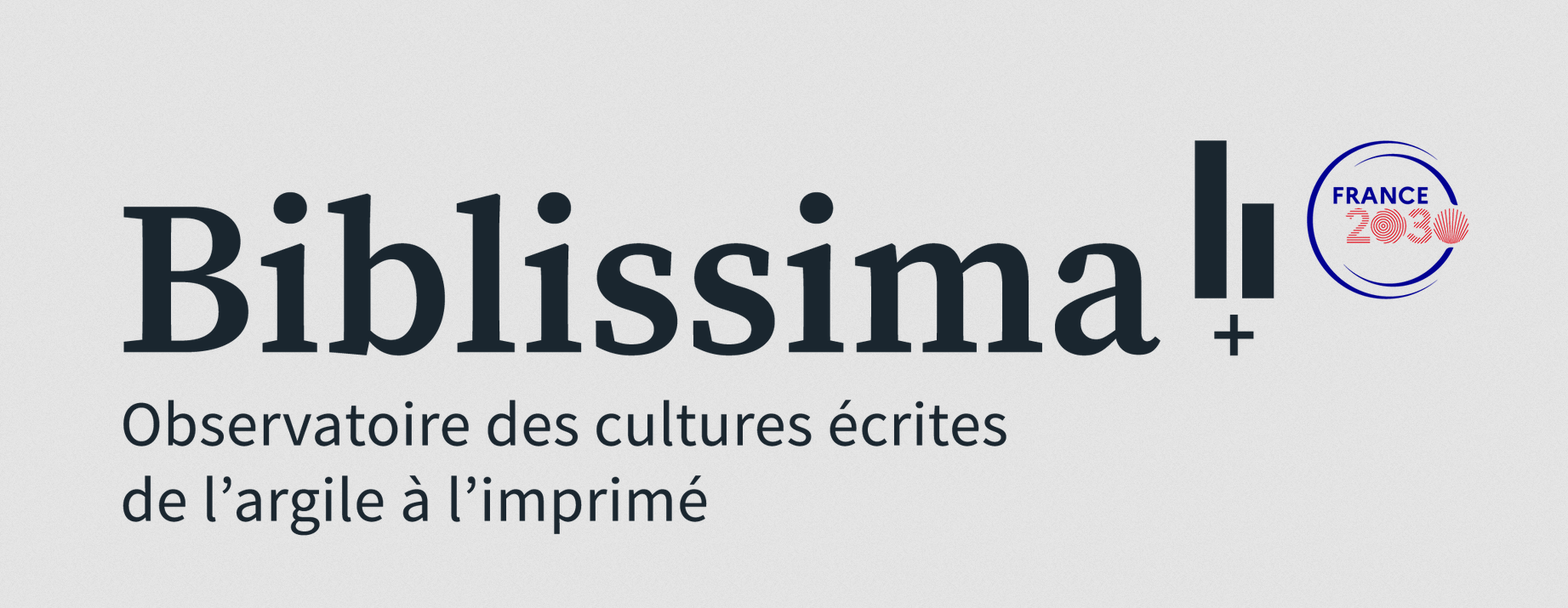An app for multilingual medieval corpora across time.
Building temporal bridges through medieval texts.
This repository contains the code for a web-based application form created for building and structuring the Multilingual Segmentation Dataset of the AQUILIGN — Multilingual Aligner and Collator project.
The application was built using Streamlit to facilitate the structured collection, organization, and storage of textual data for historical and linguistic research.
The primary goal of this application is to streamline the collection process of historical multilingual texts by allowing users to insert, organize, and store textual data in a structured format.
This tool ensures that all textual sources are well-documented, traceable, and accessible for further analysis. It provides an interface for submitting texts, viewing statistical insights, and managing stored records.
📌 Dataset Access:
- Metadata CSV (
data.csv) — structured metadata about the texts - Multilingual Segmentation Dataset — raw and segmented texts
This dataset is intended for training machine learning models for text segmentation—a key task in breaking down texts into meaningful linguistic units. This work is crucial for improving text accessibility and analysis, particularly for historical documents.
The corpus primarily consists of prose texts from the 13th to 15th centuries, with the possibility of extending into the mid-16th century. Texts have been selected based on thematic diversity to create a rich dataset for model training and research purposes. For further information see the related repo Multilingual segmentation Dataset.
| Page | Icon | Description |
|---|---|---|
| App | 📝 | Main form for text submission. Input metadata, upload TXT/XML, fill required fields (*). |
| Display TXT | 📄 | View XML files and convert them into plain text for easier readability. |
| Stats | 📊 | Automatic statistics on the submitted corpus. Analyze trends, distributions, and features. |
| Texts | 📚 | Manage the corpus: search entries, download as CSV, edit or delete texts. |
Further documentation is available in docs/features.md.
- Clone the Repository
git clone https://github.com/ProMeText/CorpusTemporis.git cd CorpusTemporis - Install dependencies
pip install -r requirements.txt
- Run the Streamlit App
streamlit run app.py
- Access the Application
- Once you run the command, Streamlit will usually open a new tab in your default browser automatically.
If it doesn’t, you can manually navigate to http://localhost:8501.
- Once you run the command, Streamlit will usually open a new tab in your default browser automatically.
The Corpus Temporis App is collaboratively maintained by the ProMeText team.
- The application manages metadata describing the texts, available in: data.csv
- The raw and segmented texts are stored in the companion repository: Multilingual Segmentation Dataset
📂 Always access the latest compiled metadata here → data.csv
Contributions are welcome — but the workflow depends on whether you are a ProMeText member or an external contributor:
| Role | Permissions |
|---|---|
| ProMeText team | 🔑 Direct write/admin access — can push changes without restriction |
| External contributors | 📝 Can open issues or pull requests, but cannot modify data.csv directly |
- Open a GitHub Issue (use label
contributionwhen possible). - Clearly describe the data (text, metadata, segmentation, etc.).
- Optionally fork the repo and create a Pull Request.
- ❌ Do not edit
data.csvdirectly. - ✅ Add your data in a separate file (e.g.,
data_new.csv) or attach it to the issue/PR.
- ❌ Do not edit
- The ProMeText team will review and integrate your contribution.
- Pull the latest changes:
git pull origin main- Run the application locally:
streamlit run app.py- After making changes, commit and push:
git add data.csv
git commit -m "Update dataset: [short description]"
git push origin main- If conflicts occur in
data.csv, resolve them manually before pushing.
This repository is part of a broader ecosystem of tools and corpora developed for the study of medieval multilingual textual traditions:
-
Aquilign
A clause-level multilingual alignment engine based on contextual embeddings (LaBSE), designed specifically for premodern texts. -
Multilingual Segmentation Dataset
Source texts and segmented versions in multiple medieval Romance languages, as well as Latin and English, used for training and evaluating clause segmentation models.
CorpusTemporis/
├── backup/ # Backup files
├── data/ # Data files
├── pages/ # Streamlit pages
├── txts/ # Text files
├── utils/ # Utility scripts
├── xmls/ # XML files
├── .gitignore # Git ignore file
├── app.py # Main application script
├── data.csv # Compiled data CSV
├── options.py # Options configuration
├── requirements.txt # Python dependencies
└── xmls.py # XML processing scriptThe texts within this corpus are released under the CC BY-NC-SA license. This allows:
✅ Adaptation, remixing, and further development
✅ Non-commercial use
✅ Proper attribution to original authors
✅ Sharing under the same licensing terms
For full details and source citations, refer to the "sources" and "corpus" columns in the compiled data CSV.
This work benefited from national funding managed by the Agence Nationale de la Recherche under the Investissements d'avenir programme with the reference ANR-21-ESRE-0005 (Biblissima+).
Ce travail a bénéficié d'une aide de l’État gérée par l’Agence Nationale de la Recherche au titre du programme d’Investissements d’avenir portant la référence ANR-21-ESRE-0005 (Biblissima+).






